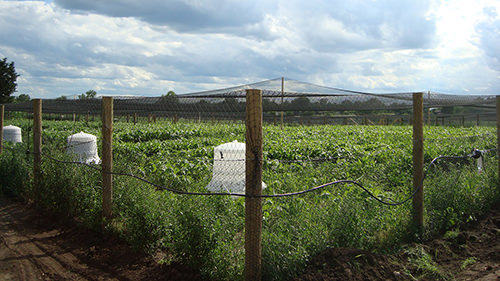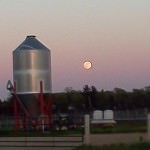Pheasant Breeding, Serious Business
The MacFarlane Pheasants, Inc. breeder crew will once again begin the huge task of sorting and selecting next year’s breeder flock. The size of this task is outweighed only by the importance that we place upon it. The crew will catch, weigh, and carefully inspect as many as forty thousand (40,000) birds to reach the final flock number of over thirty thousand (30,000) hens and cocks.
Why do we place such emphasis on breeder selection? Because by investing the time and care at this point, we will be rewarded with a highly consistent progeny with minimal genetic defects and higher market value.
What do we look for in a good breeder? The first qualities a bird must possess to pass inspection are strictly anatomical.
- We look to see that it has bright, clear eyes with normal shaped sockets surrounding them. White spots on the pupil indicate thickenings and potential blindness later on. Deformed eye sockets or the flesh surrounding them may indicate a genetic abnormality that would make it and its’ progeny less likely to survive.
- The feet must have straight toes and no injuries of any kind that might lead to lameness.
- The legs and hocks cannot have any abnormalities, injuries, or swelling due to infections. They must be straight with normal scales covering all areas of the leg—not covered by feathers.
- We examine, by hand and sight, the conformation of the neck, back, keel and abdomen. Birds may have crooked necks, hunched or crooked backs, hatchet breasts (exposed keel), or hernias in the abdominal region. All these characteristics would make a bird unfit for breeding and lead to substandard progeny if they did breed.
- We inspect the wings for normal bone and tendon structure and feather development. Poor flight feather growth could be genetic.
- The tail feathers must be long and well developed. In all, the birds must be in good flesh and good health with no anatomical defects.
All the breeds of pheasants on our farm go through the above inspections to make it as a breeder. Further still, they must also meet the criteria to make it as a breeder in their respective breed.
I will not go into the selection criteria for each breed we have here on our farm, but will use our most popular bird, the Chinese Ringneck for an example. We weigh the hens; they must be 1.75 pounds to 2.0 pounds. The coloring must be light brownish grey and uniform without accents of color in the neck or breast. These accents can indicate that the bird has an injured oviduct and will become an ovi-testes bird unable to lay. The hen must have very little if any red around the eyes. Not only is this undesirable in appearance, we believe this quality is hereditary and leads to chicks that are easily mistaken for cocks when sexed as day olds. Cocks must weigh between 2.70 pounds and 3.0 pounds. Their ring should be nearly complete with only a small gap existing in front if at all. White stripes must be highly visible on both sides of the top of the head. The feathers on the sides of the breast should be a bright yellow, not darker orange or lighter yellow. The back should be blue with a greenish strip of coloring right down the middle. There should be little to no reddish brown in this strip. Besides the coloring of the cocks, we also make sure they have large well-developed spurs and wattles. As you can see, the process can be quite involved, especially when you consider we keep seven different breeds, all with different criteria.
Along with the selection of the birds, there are several other tasks involved to ensure a successful breeder flock. All birds have the primaries on their right wing clipped to prevent flight injuries during the season. Males have their toenails and spurs blunted to protect the hens from treading. We dust all the birds for feather mites and lice, and blood test up to one thousand two hundred fifty (1,250) birds for Salmonella.
As you can see, we take breeder selection very seriously on our farm, it pays off in the long run.
Related Posts
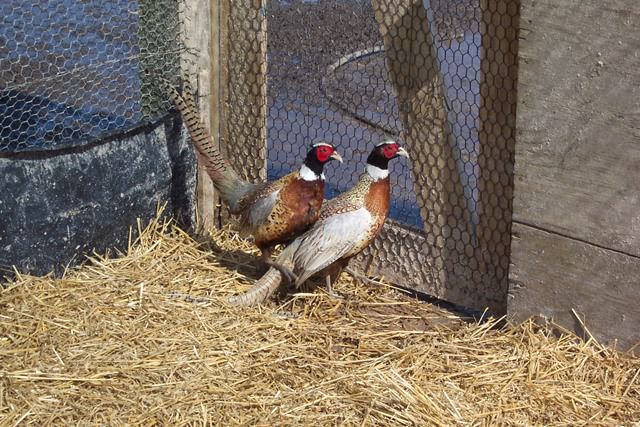
Breeder Selection at MacFarlane Pheasants, Inc.
Read Post
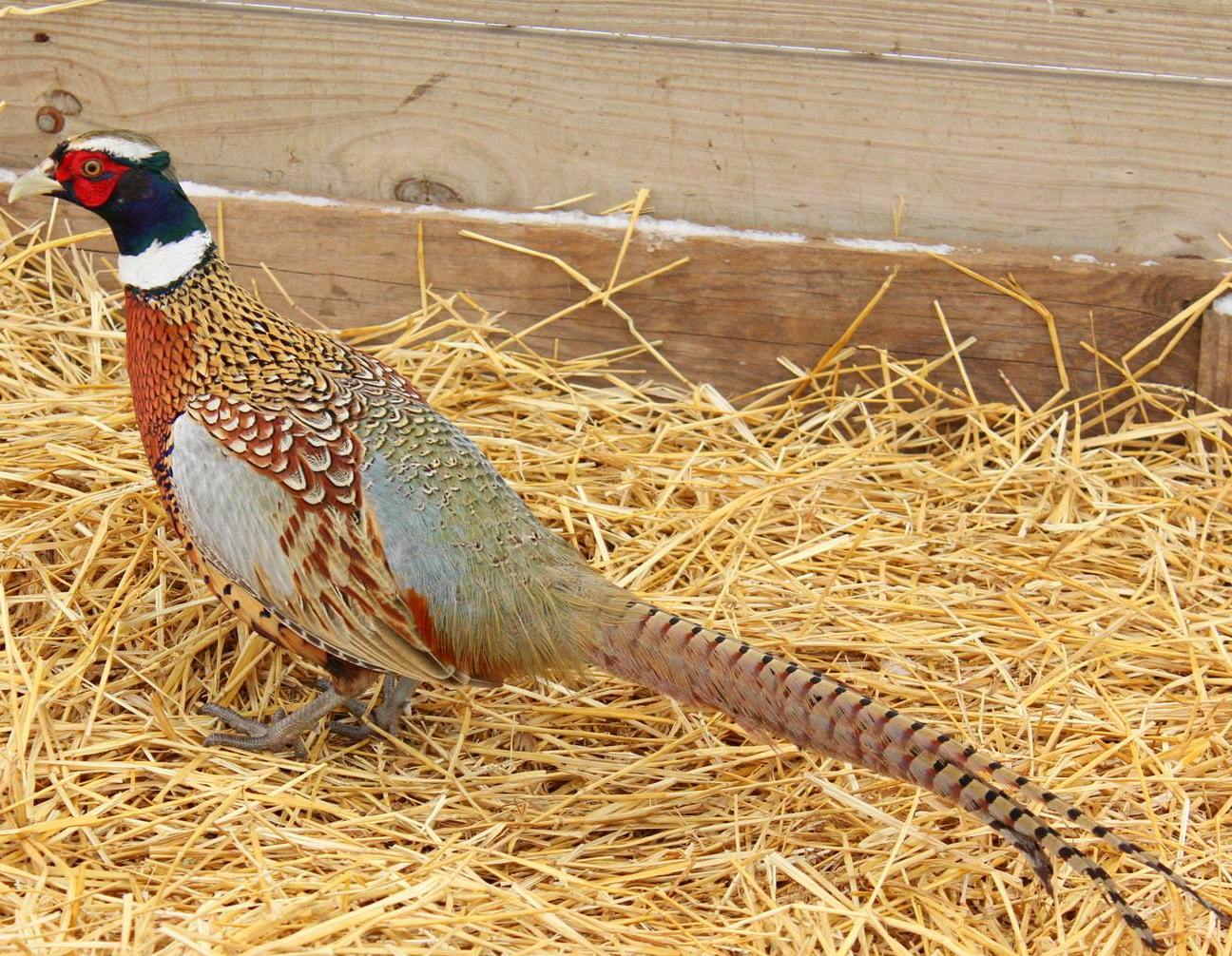
Breeding Pheasants with Beautiful Tails
Read Post
Extreme Heat Requires Extra Precautions
Read Post
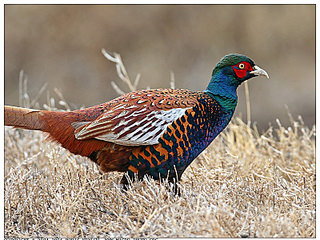
MacFarlane Pheasants Breeding Process 2023
Read Post
Breeder Birds Get New Barns
Read Post

What Does Day Length Have To Do With Pheasant Mating?
Read Post
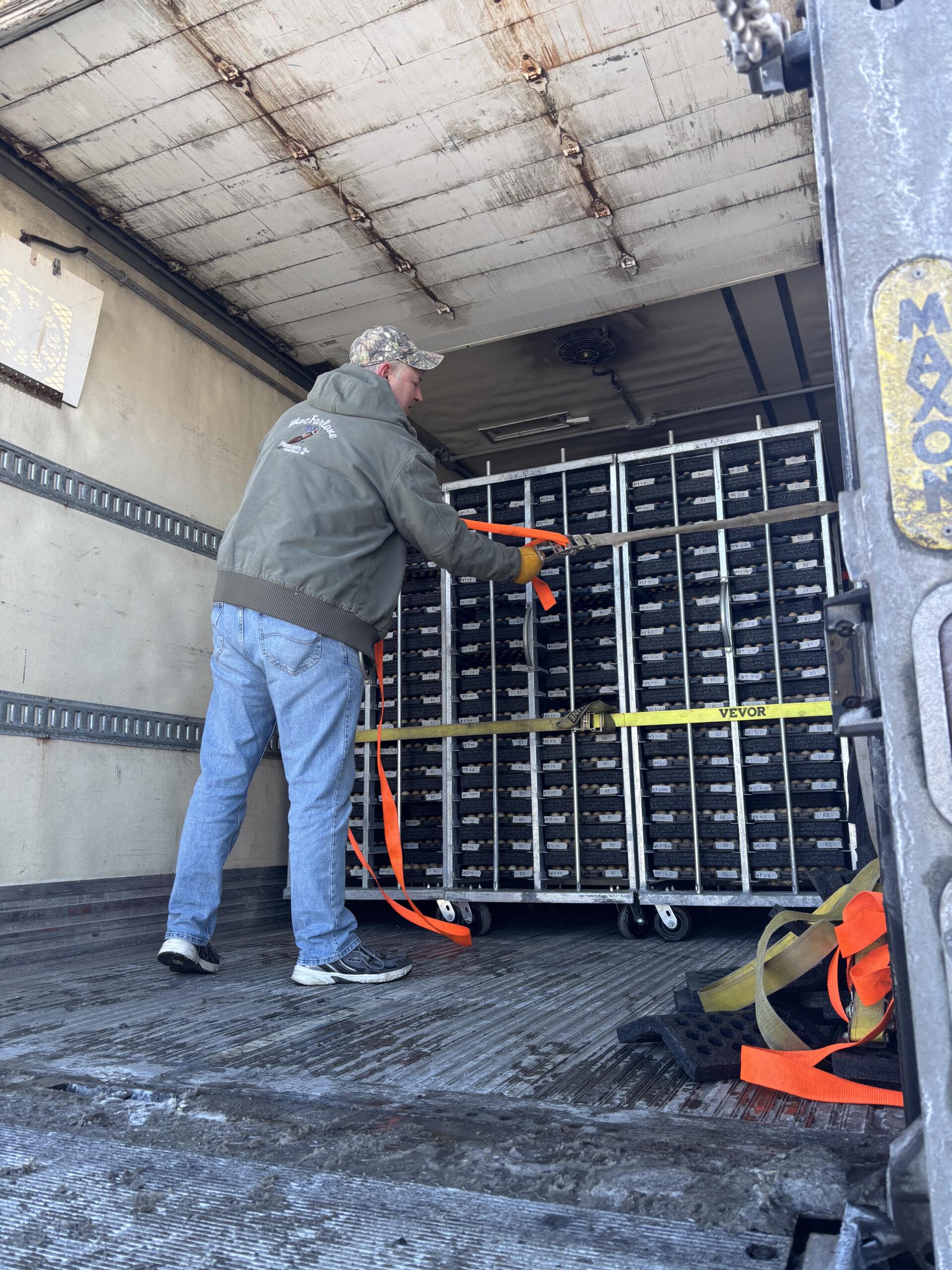
MacFarlane Pheasants Has Breeder Facilities in Missouri
Read Post
Take Advantage of These Free Resources
As the biggest game bird farm in the United States, we want to share our experience with you. Download our free resources below and get started.

